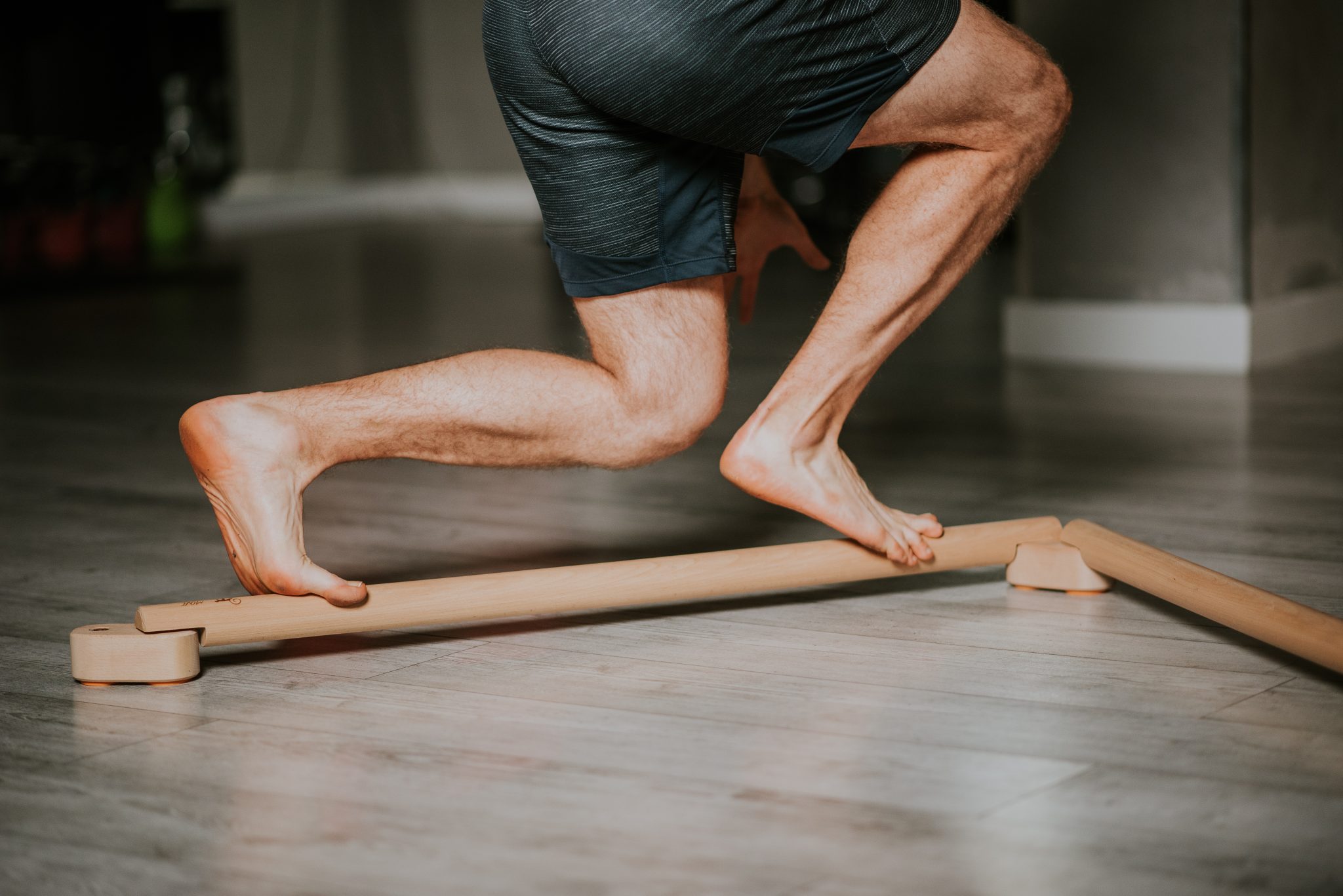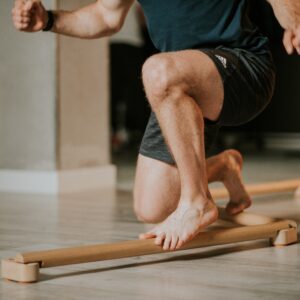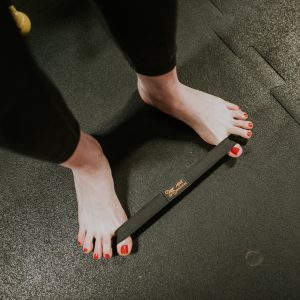
So? Pass for the ,,foot workout” purchased? Barbells for the big toes prepared?
Of course, we suspect that probably no one has encountered workouts dedicated to the feet or headed to the FitStop at the gym. And that’s a shame because foot muscles are made up of 107 components, and doing foot exercises can improve the performance of your whole body.
Why train your foot muscles?
Regular foot exercises have many tangible benefits. Not only do they affect various parts of the leg muscles, but also higher zones like the hips, spine, and even the skull! After all, they are the ones that have to bear all the weight of the body, which is why we believe (especially in the age of today’s various medical conditions) that foot muscle training should be hosted by everyone at least twice a week.
What are the main benefits of exercising the foot muscles?
- Regular training strengthens the foot muscles. There is no great philosophy here; they are muscles like any other part of the body. If you train them, they grow. If you ignore them, they decrease. Of course, in the case of the foot, it is hard for the muscles not to work; after all, we walk practically all the time, and the soles of the feet are in constant contact with the ground. Nevertheless, a lack of exercise can cause, for example, uneven muscle activity or curvatures, which is why foot strengthening exercises are so important.
- The toes have an equally important task as they stabilize the whole foot. The toes are most at risk of degeneration, such as hallux valgus, hammer toes, bumps, fractures, or sprains. The majority of the population wears footwear that compresses the toes, causing further health problems over time. This is why strengthening the foot muscles is so important, especially if you don’t have good footwear.
- Foot pain does not necessarily immediately mean degeneration or other problems. However, they can be a harbinger of them, so if you feel a slight pain in your feet, do gentle exercises and check your body’s reaction. Remember safety, of course, as we write about it next.
- Finally, most exercises are similar to a foot massage. After a long day at work, a proper massage is incredibly relieving, right? If you don’t have your own masseur, the right foot exercises can relax the different parts of the foot.
- Feet have hundreds of thousands of nerve endings, so stimulation of the sole of the foot can affect the whole body.
Convinced? Before we move on to the exercises, let’s just talk about safety.
Is it dangerous to perform exercises on your own?
Whether foot exercises can be dangerous depends largely on you, or rather, the condition of your feet. If you have any pain, acquired or genetic degeneration, or injury, we recommend you see a specialist. He or she will help you choose the right set of exercises, tell you what you need to watch out for, and tell you whether to do daily foot exercises.
Common foot conditions and deformities include:
- flat feet,
- hallux valgus,
- hollow foot,
- hammer toes,
- excessive supination of the foot (rolling outwards),
- For more on deformities, see our earlier article.
Summary: The simplest foot exercises should not be harmful, but any exercise should be done with proper knowledge of possible conditions.
Foot exercises – stretching
Examples of foot stretching exercises:
- Rolling the foot on a ball: take a small ball, such as a tennis ball, and in a standing position, place one foot on it and roll forwards, backwards, and in circles. Do the movement slowly to stretch the foot muscles.
- Sitting on your feet with your toes curled—in a kneeling position, sit on your heels and curl your toes firmly. The feet should be perpendicular to the ground.
- Calf stretch: stand on the edge of a small platform (step, special platform) and extend one heel and push it down. You will feel a stretch throughout your calf. Don’t force this movement to avoid damaging the tendons. After a minute, change to the other leg.
- Toe climbs: as the name suggests, stand on and off your toes. This will lead to a warm-up of the foot muscles, which is very important, especially before training.
- Toe-offs are especially useful after a hard day in uncomfortable shoes. Doing toe exercises strengthens not only the toes themselves but the whole foot.
Special bands will also help you with stretching.
Exercises to strengthen foot muscles
Exercises that will help you strengthen your foot muscles include
- The classic towel roll Without changing your heel position, use your toes to make short movements to roll a towel under your foot. We guarantee you’ll feel a burning sensation after a few sessions.
- Standing on one foot and maintaining a high, elevated leg position helps to improve stability and increase the work of different parts of the foot.
- Pick up a small object, such as a small ball or crayon, and try to grasp the object with your toes. This will help you have better control of the whole foot. Pick up the object with your toes and try to hold it up.
- After exercising, give your feet a massage! Your foot muscles will relax and be ready for action.
This is, of course, just the tip of the iceberg in terms of the exercises you can do.
Foot exercises and minimalist shoes
Minimalist shoes can be a great solution if you want to take care of your feet. Due to their construction and the so-called zero-drop (completely flat) sole, they practically ‘force’ the natural movement of the foot. It has been noted that walking in barefoot shoes for longer periods of time strengthens the muscles in the foot, helps treat hallux valgus, and widens the remaining toes. With the toe positioning being wide, you can enjoy a stable foundation for your entire body.
Choose a type of shoe and read why its design may be ideal for your foot.





Leave a Reply